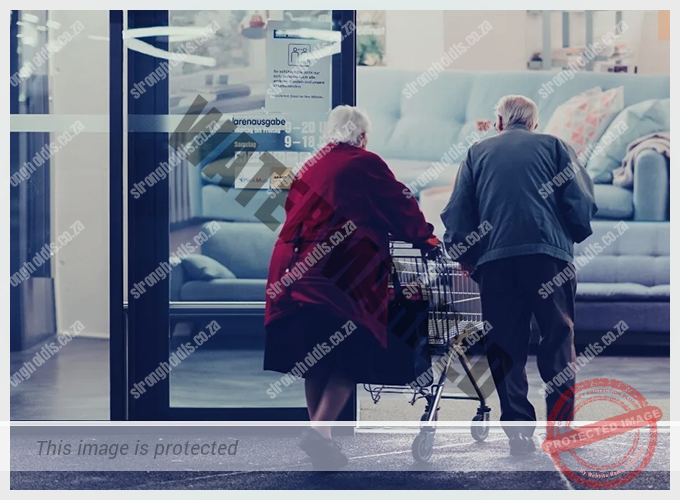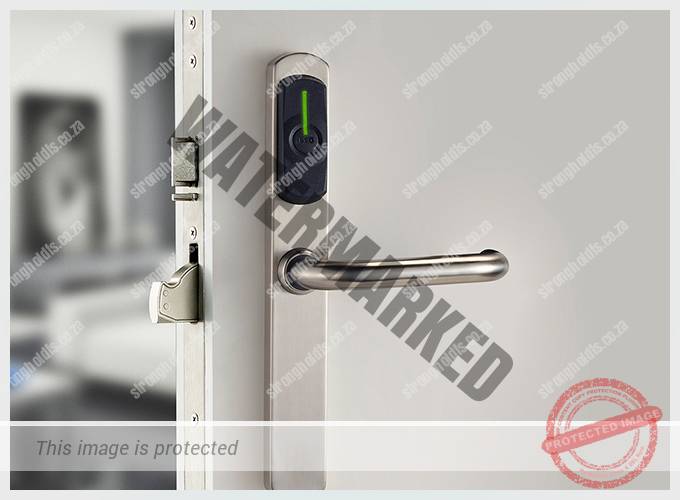Mobility in Old Age: Doors Must Facilitate Access, Not Make it Harder
In the bestselling novel The 100-Year-Old Man Who Climbed Out the Window and Disappeared, a Swedish pensioner is tired of being underestimated because of his age. The charming protagonist Allan Karlsson decides to take control. He walks outside his window in his slippers — and the rest is history.
As the world keeps getting healthier, there are currently about a billion people worldwide who are over 60. As of 2020, for the first time in history, the number of persons aged 60 years or older outnumbered children younger than five years. Even the age of someone like Allan Karlsson is no longer a novelty. The United Nations estimates that about half a million people worldwide are centenarians, and their numbers are rising.
This demographic shift is already palpable in many advanced economies like Germany and Japan. But the rest of the world is following the course, too: By 2050, 80 percent of older people will be living in low and middle-income economies.
As lives are getting longer thanks to advancing medical care, the technological infrastructure to make older persons’ lives easier are increasingly catching up with the pace of global aging.
Designing an Environment for Optimal Mobility
The World Health Organization defines aging as “the process of developing and maintaining the functional ability that enables wellbeing in older age.” This functional ability entails older persons’ capability to meet their basic needs such as learning, growing, making decisions, building and maintaining relationships, and contributing to society. At the heart of all these activities lies mobility.
Mobility is the lynchpin to the health and life quality of not just older people but also for people with physical disabilities or younger children. Hence, designing an environment to optimize hassle and barrier-free mobility for all is one of the most fundamental steps to ensure nobody is left behind.
Access Solutions for Keeping Mobile and Secure at Old Age
Aging is not a straightforward process, and no two people’s experiences are the same. While one 70-year-old might be an ultra-marathoner, another might require substantial assistance in their day-to-day lives.
For individuals with limited physical capabilities, doors present some of the most common accessibility issues, adding a significant daily burden due to some problems: They may be too heavy and require too much force to open. Likewise, they may close too quickly for some people to pass through easily. People who move slowly, with or without mobility devices like wheelchairs or walking aids, might not be able to pass through the door fast enough.
Solutions to facilitate a smooth entrance and exit can dramatically improve mobility, thus, people’s functional ability. But they don’t have to be complicated. A door closer, for instance, can address these common accessibility issues. By adjusting a door closer according to the users’ needs, it’s possible to ease the entry and exit while staying safe.
Access and Opportunities for Older Persons
A longer life brings opportunities, not only for the aging individual but also for their communities. Living in environments with the proper technological infrastructure that supports and maintains one’s intrinsic capacity and functional ability is key to healthy aging. Hence, doors should facilitate access, not make it trickier.
Not all centenarians will have the mental and physical agility to climb out of a window. But if they do, the convenient access solutions can empower them to wield this energy food good.










